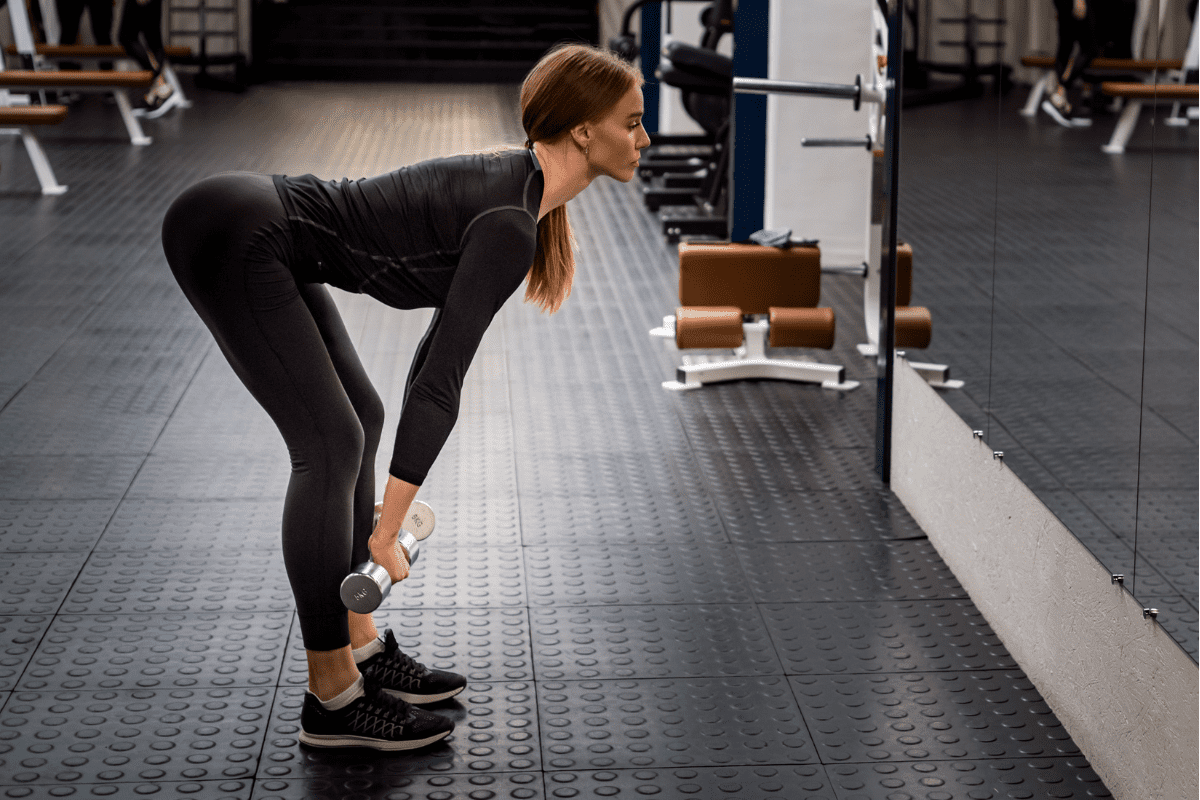12 Best Romanian Deadlift Alternative Exercises (RDL)
Romanian Deadlifts, or RDLs for short, are an excellent exercise for building posterior chain strength. They’re a staple in my strength training programming because of their simplicity and effectiveness.
However, sometimes you may need an alternative for Romanian Deadlifts (sometimes referred to as a stiff leg deadlift).
Maybe you don’t have a barbell or maybe you’re just looking to add some variety to your workouts.
Whatever the reason, you’re in the right place. I’ve been a College Strength Coach for 20 years and finding alternative exercises for athletes is something I’ve done my entire life. In this article, I will share with you 10 of my favorite alternative exercises for RDLs.
Romanian Deadlifts Alternatives
I’ve tried to make this list of Romanian Deadlift alternative exercises as diverse as possible. There are exercises that use a barbell, dumbbells and even no equipment at all.
Hopefully, no matter what equipment you have or what your lifting experience is – one of these alternatives can serve as a replacement for RDLs.
Hyperextensions
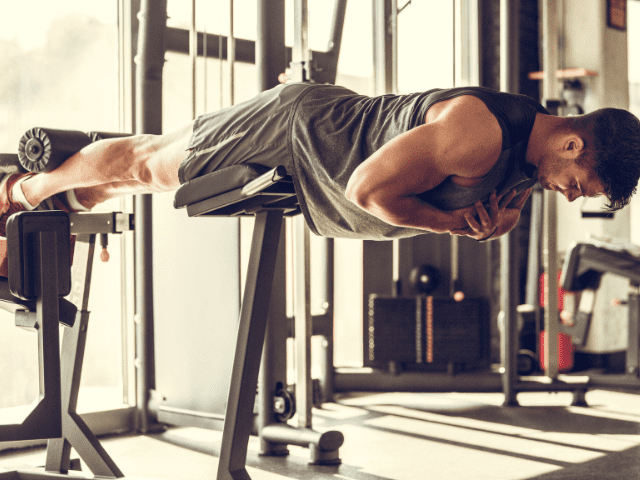
My first suggestion on this list of Romanian Deadlift alternatives is Hyperextensions. Hyperextensions may look very different, but they’re actually almost the exact same movement pattern as Romanian Deadlift and they also work the same muscles.
Step-by-Step Instruction
- Position yourself on the hyperextension bench with your thighs against the pad and feet securely under the footplate.
- Cross your arms over your chest or place hands behind your head. Ensure your spine is neutral.
- Begin the exercise by bending at the hips, lowering your upper body toward the floor.
- Lower yourself as far as comfortable while maintaining a straight back.
- Lift your torso by extending your hips until your body forms a straight line from head to heels.
- Squeeze your glutes at the top of the movement, ensuring your back remains straight, not hyperextended.
- Slowly lower back to the starting position
Coaching Points
Hyperextensions are surprisingly easy to mess up. One of the easiest ways to make a mistake is going down too fast and “whipping” yourself back to the starting position.
It is important for the lifter to maintain a neutral spine, maintaining tension in the abdomen and upper back. Remember to breathe in and hold the breath during eccentric (lowering your body) and breathe out as you perform the concentric movement (bringing your body back up).
Dumbbell Romanian Deadlift
If you’re looking for a Romanian Deadlift alternative just because you don’t have a barbell, then you may be able to try Dumbbell Romanian Deadlift. Dumbbell Romanian Deadlift is the same movement, same muscles worked – just with a different piece of equipment.
Step-by-Step Instruction
- Standing nice and tall, squeeze the shoulder blades back and create tension in the abdomen.
- Keeping a neutral spine, fixing the eyes forward.
- Initiate the movement by pushing the hips back, hinging at the waist, and keeping a slight bend in the knee.
- The eccentric movement will continue until the dumbbells are about 3/4 down your shins.
- Once you reach the end of your range of motion, start to extend the hips, keeping tension in the abdomen and keeping the upper back nice and tight, straightening the knees until you return to standing in the starting position.
Coaching Points
During Dumbbell RDLs, it is important for the lifter to maintain a neutral spine, maintaining tension in the abdomen and upper back.
Your range of motion will be dictated by your flexibility. Don’t try to force the dumbbells to the ground. Instead, maintain a flat back and focus on the stretch of the hamstrings.
Single-Leg Romanian Deadlift
The Single-Leg Romanian Deadlift variation has some unique advantages that make it a great Barbell Romanian Deadlift alternative. You get to work each leg iso-laterally and having to maintain balance on one foot can help improve proprioception and coordination.
Step-by-Step Instruction
- Opt for a dumbbell or kettlebell that you can control throughout the movement.
- Stand on one leg, holding the weight in the opposite hand.
- Keeping a slight bend in the standing leg, hinge forward at the hip while extending the free leg straight behind you.
- Lower the weight towards the ground while maintaining a straight line from head to extended foot.
- Pause briefly at the bottom without rounding your back.
- Engage your hamstring and glute to return to the starting position, maintaining balance.
Coaching Points
Do not let the weight drift over the midline when doing Single Leg RDLs. You will train for more structural stability if you keep the dumbbell in front of the down leg.
It is important for the lifter to maintain a neutral spine, maintaining tension in the abdomen and upper back.
Kettlebell Swing
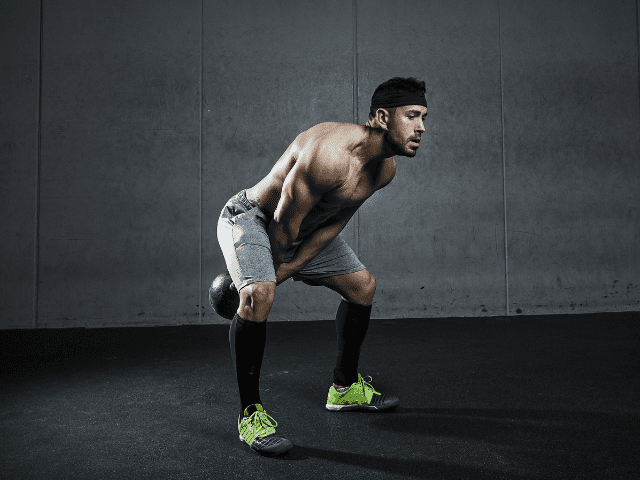
Kettlebell Swings are more of a dynamic Romanian Deadlift alternative. If you want to incorporate a little more power into your training, Kettlebell Swings can be a good option.
Step-by-Step Instruction
- Select a box or platform that is a challenging, yet safe height.
- Stand facing the box, feet shoulder-width apart, and a few feet away from it.
- Begin by slightly bending your knees and hips, arms back, readying for the jump.
- Powerfully extend your hips and knees, swinging your arms forward and propelling your body upward.
- Aim to land softly on the box with both of your feet fully on it, knees slightly bent.
- Stand straight, stabilizing yourself on the box.
- Carefully step back down to the starting position, one foot at a time.
Coaching Points
The Kettlebell Swing is a great movement to train rapid hip extension and flexion. Remember to always keep a neutral spine.
Choosing the proper kettlebell weight is important. Heavier is not always better. Because of the rapid nature of the kettlebell swing, the emphasis should be on velocity, speed, and power.
Glute Ham Raise
Glute Ham Raise might just be the most challenging Romanian Deadlift alternative on this entire list. They essentially combine a Hyperextension with a Nordic Hamstring Curl. I’ve seen many athletes humbled very quickly when first trying Glute Ham Raises.
Step-by-Step Instruction
- Position yourself on a Glute Ham Developer (GHD) machine with your feet secured under the roller and your knees just behind the pad.
- Start with your body in a straight line from your knees to your head, torso upright.
- Begin the movement by slowly lowering your torso forward and downward, maintaining a straight line from your knees through your head.
- When you’ve descended as far as possible with control, use your hamstrings and glutes to reverse the motion.
- Pull yourself back up to the starting position, squeezing your glutes at the top of the movement.
Coaching Points
One of the common mistakes I’ve seen with Glute Ham Raises is athletes will pull with the hamstrings and not engage the glutes.
What this looks like is the athlete leaves their hips behind and they don’t quite get to perpendicular because they didn’t extend the hips and engage the glutes.
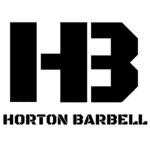
Tired of coming up with your own workouts? But don’t want to pay an arm and a leg?
I post workouts 5 days a week right here. (Did I mention they’re free?)
Reverse Hyper
If you have access to a Reverse Hyperextension machine, Reverse Hypers can be a great Romanian Deadlift alternative.
How To
- Grab the handles of the Reverse Hyper Machine and lay your torso across the platform.
- Set up your legs/feet with the resistance (will differ depending upon the machine)
- Keeping your legs straight, raise them up until they are parallel to the floor.
- Squeeze the glutes at the top and then lower the legs back down under control.
Coaching Points
There are specific Reverse Hyper machines. These machines allow you to add weight and lift the legs with added resistance.
If you don’t have access to a Reverse Hyper machine, you can use a regular Glute Ham Machine to do Reverse Hypers. To add resistance, you can hold a medicine ball in between your feet.
Barbell Hip Thrust
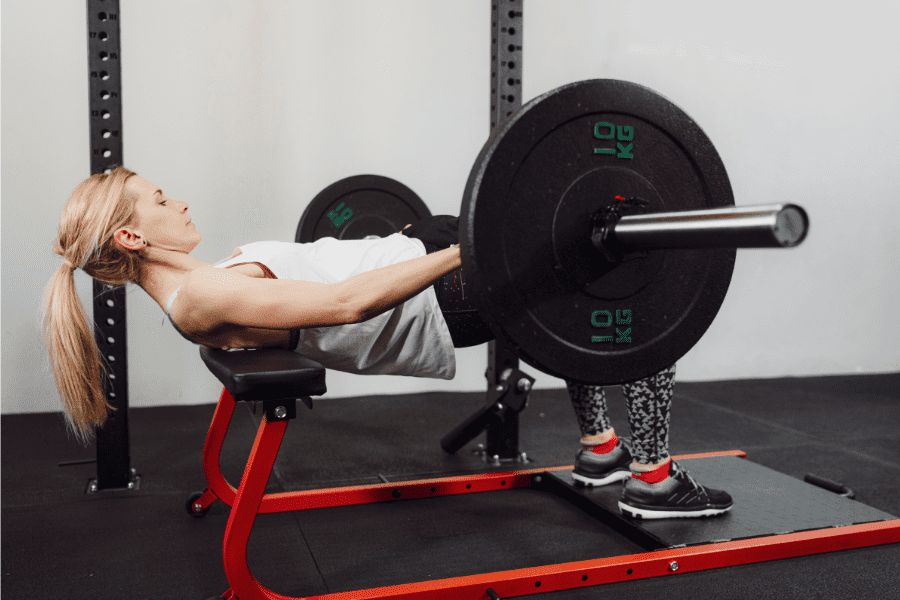
Barbell Hip Thrust is a Romanian Deadlift alternative that puts more emphasis on the glutes and less on the lower back.
How To
- Start by sitting on the ground with your feet flat on the floor and your upper back resting on a bench or other stable surface.
- Hold a weight, such as a barbell or a dumbbell, across your hips.
- Engage your core and glute muscles, and push through your heels to lift your hips off the ground until your body forms a straight line from your shoulders to your knees.
- Hold for a moment at the top of the movement, then slowly lower your hips back down to the starting position.
Coaching Points
If holding a barbell across your hips is uncomfortable, try using a folded-up yoga mat, towel or an Airex Pad. These are all viable options to use as padding to make the exercise more comfortable.
Banded Good Mornings
I like using Banded Good Mornings as part of a warm-up to target the posterior chain or sometimes as part of a larger core circuit.
Step-by-Step Instructions
- Stand on a resistance band and pull it up over the head and across the back of the shoulders.
- Stand tall with feet hip-width apart, hands holding and securing the band in place.
- Put a slight bend in the knee and pull the shoulder blades back.
- Now, hinge at the hips by pushing the hips back and bending at the waist. Push your knees out slightly as you descend.
- Keep the back slightly arched throughout the movement.
- Continue the hinge until you feel a stretch in the hamstrings.
- Stand back up tall and push the hips forward to the starting position.
Coaching Points
Banded Good Mornings can serve as a warm-up movement or as a strength-building exercise, usually as part of a circuit.
Listen to your body. Depending on your hamstring (and sometimes glute or low back) flexibility, you may be able to lower down quite far or not very much at all. The key is to move just to the edge of your range of motion. Don’t try to force anything.
Stability Ball Leg Curl
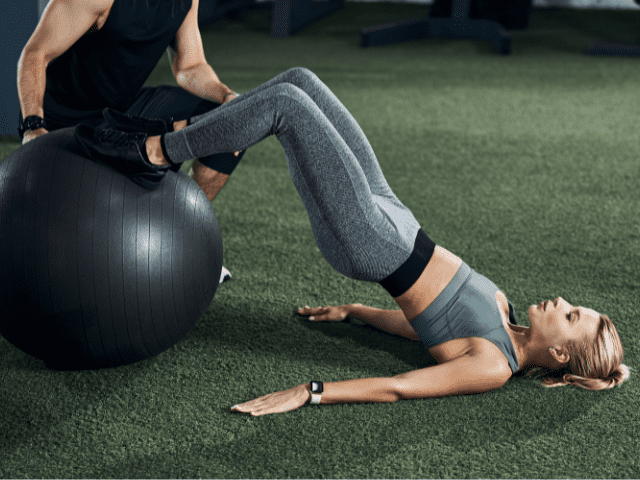
Stability Ball Leg Curls focus more on the hamstrings as opposed to the entire posterior chain as Romanian Deadlifts do. But, depending on what you’re looking for in a replacement exercise, they can be a good option.
Step-by-Step Instruction
- Lie down on your back and almost fully extend your legs.
- Place your heels on the ball.
- Drive your elbows into the floor and keep your abdomen tight. Drive your heels into the ball.
- Drive your hips to the ceiling and engage your glutes.
- Keeping your core nice and tight, pull the ball under your butt as much as possible.
- At the top of this movement, keep the glutes engaged and core tight.
- Engaging the hamstrings, roll the ball back until your body is almost fully straight.
Coaching Points
Make sure the stability ball is properly inflated when doing Stability Ball Leg Curls. If it is not, the muscles we are training will not engage fully.
Remember to always squeeze with the glutes and actively engage the hamstrings. Do not round the back and push your belly to the sky. Keep the anterior core locked in throughout the movement.
Glute Bridge
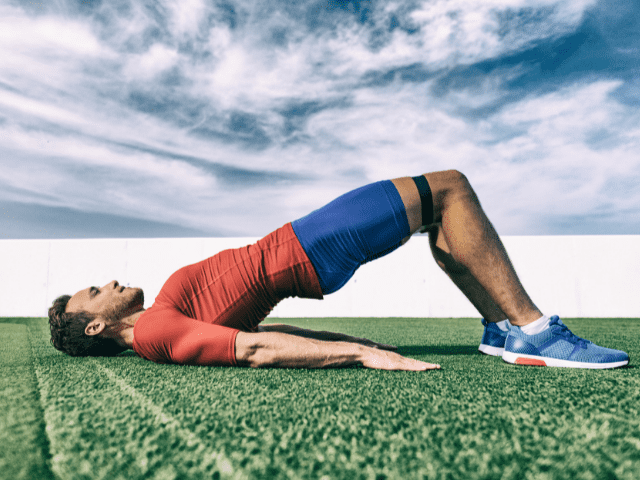
Basically a Barbell Hip Thrust without the barbell. If Romanian Deadlift bothers your low back, this may be a good place to start to find a replacement. (You should also have your Romanian Deadlift technique checked if the movement is giving you issues.)
Step-by-Step Instructions
- Start by laying on your back on the ground.
- Bend both knees to about a 90-degree angle and place both feet flat on the floor.
- Begin the rep by driving your hips up into the air. Try to attain a straight line from the shoulders through the hips and knees.
- Squeeze the glutes at the top of the rep and then lower back down to the starting position.
Coaching Points
As you raise the hips up, try to drive the knees slightly forward. This can help with getting a strong glute contraction and a full extension of the hips. Don’t rush through Glute Bridges. Make sure to pause and squeeze at the top of each rep.
Floor Slider Leg Curl
Like Stability Ball Leg Curls, Floor Slider Leg Curls are more hamstring-focused. They’re an excellent movement though that doesn’t need much equipment.
Step-by-Step Instruction
- Lie down on your back and bend your knees at about 90 degrees.
- Place the sliders under the heels of your feet.
- Drive your elbows into the floor and keep your abdomen tight.
- Drive your hips to the ceiling and engage your glutes.
- Keeping your core nice and tight, slowly slide your heels away from your body until your knees are almost fully extended.
- At the end range of motion, your body should be straight, hips up, and core engaged.
- Engaging the hamstrings, pull your heels back to the starting position and squeeze the glutes to resume the starting position.
Coaching Points
One of the most important points about this movement is the surface you are sliding on and the type of slider you’re using.
The furniture slider should freely move with little resistance, I would say carpet is ideal if available. If there is resistance, this may affect your technique and coordination.
Remember to always squeeze with the glutes and actively engage the hamstrings. Do not round the back and push your belly to the sky. Keep the anterior core locked in throughout Floor Slider Leg Curls.
Supermans
My final Romanian Deadlift alternative doesn’t require any equipment at all. Supermans may not build strength as well as some of the other alternatives above, but they are extremely versatile either as part of a warm-up or bodyweight circuit.
Step-by-Step Instructions
- Lay on your stomach with arms stretched out overhead.
- Contract the low back and glutes and raise the chest, arms and legs (thighs) off the ground.
- Squeeze and hold for a one count and then lower back down to the ground.
Coaching Points
Take your time and don’t rush through the movement. Squeeze the top of each rep and lower yourself back to the ground under control. Too often I see athletes just quickly go through the motions with Supermans – focus on each rep to get the maximum benefit.
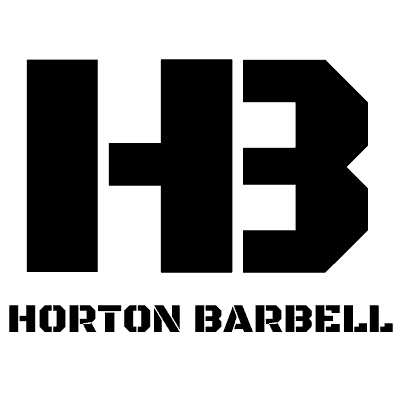
Need a Training Program?
Coach Horton has 20 years of experience training elite level athletes at schools like the University of Tennessee and Georgia Tech. He has also written plenty of programs for other coaches and friends and family.
So, whether you need a program to improve your performance in your sport or you just want to look good at the beach, there is a program designed just for you.
Final Thoughts
Romanian Deadlifts are an amazing exercise and one of my favorite posterior chain movements. However, I also understand that there are situations where you simply can’t do RDLs.
Maybe you don’t have a barbell or maybe you’re not comfortable with your technique.
Hopefully, this list of Romanian Deadlift alternatives has helped you figure out a different movement that you can use as a substitute.
More Links and Info
There is almost always an alternative exercise you can do to replace a movement regardless of your limitations. Here are some alternatives for other popular lower body exercises:

